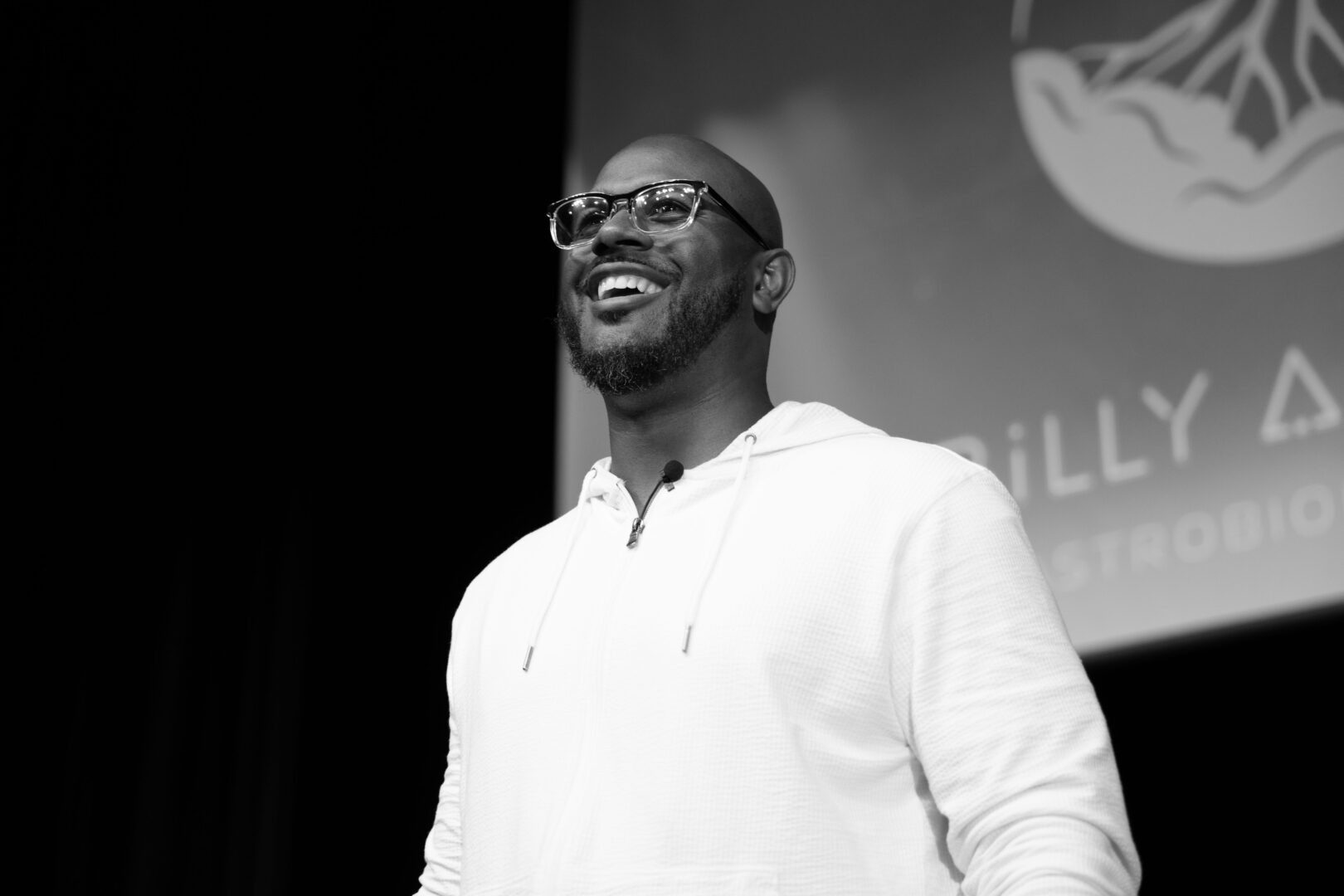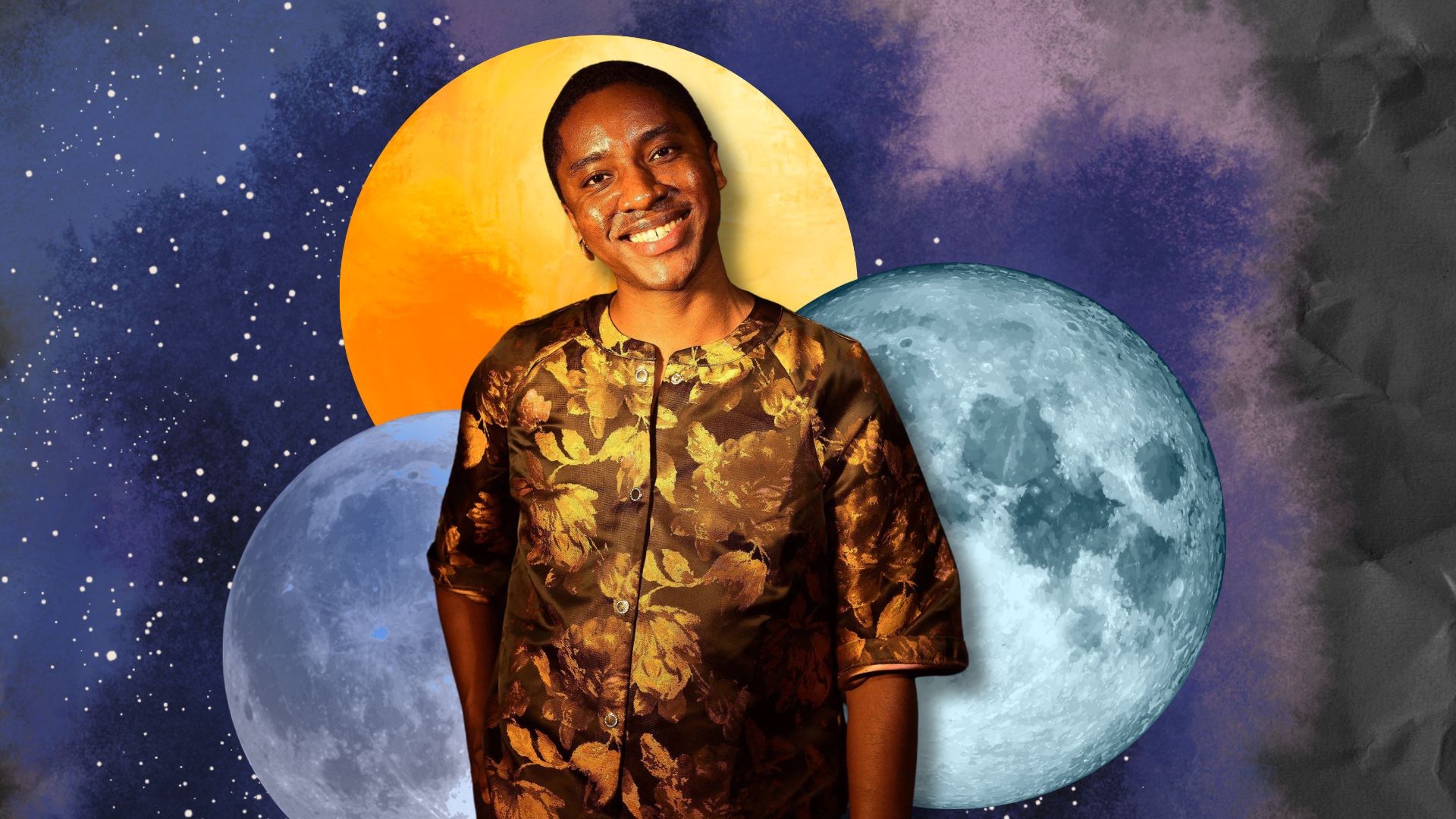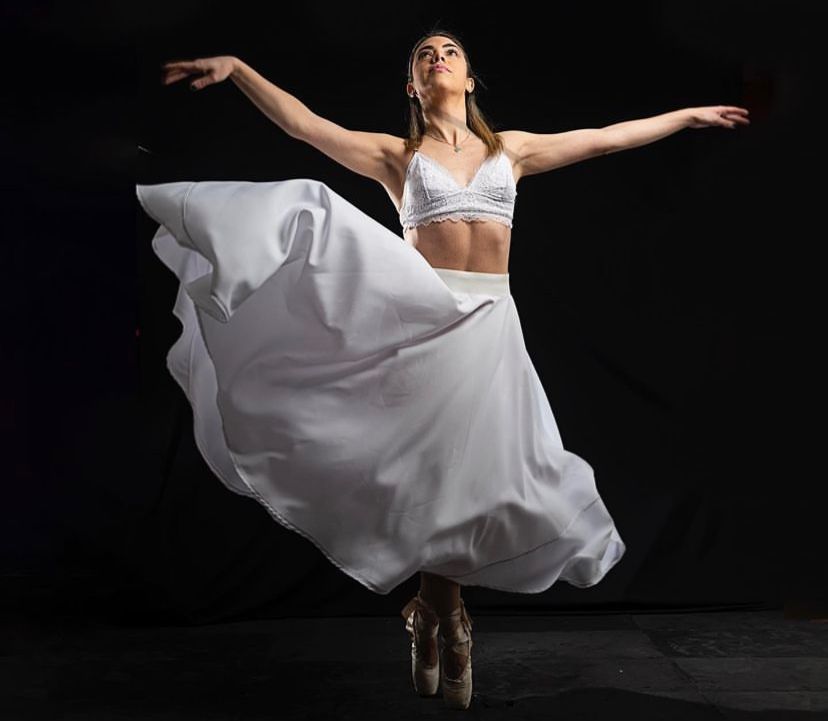We recently had the chance to connect with Billy Almon and have shared our conversation below.
Billy, a huge thanks to you for investing the time to share your wisdom with those who are seeking it. We think it’s so important for us to share stories with our neighbors, friends and community because knowledge multiples when we share with each other. Let’s jump in: Have you ever been glad you didn’t act fast?
Oh, absolutely. Much of my focus now is in helping people realize how overrated moving fast can be. Fast is not where lasting transformation sticks. Progress is a rhythm. It ebbs and flows, it’s a cadence that pushes forward and back. But it only advances and grows if you don’t give up.
We often tell people to take baby steps, right? Baby steps are not fast, but they are progress. Babies learn to walk by first scooting. And before that, they scoot backwards. Before that, they’re just moving in place, but they have positioned themselves. This too is progress.
I definitely think there are times when you want to move fast and seize an opportunity, but that’s more about confidence. I don’t believe in moving fast as a de facto way of life. When you move fast, you don’t collect all of the details. Things that move fast don’t percolate. They don’t set down deep into the soil. They tend to become runoff. You need time for things to settle deeply and to be able to reflect.
The things I’m trying to build—and help other people build—are not built off of the idea of moving fast. They’re built off of being present, thinking about the future, being rooted in the now, and connected to the past.
And I don’t think “move fast and break things” is how some of the oldest, most wondrous things humankind has ever made were built. I’m trying to build pyramids.
Can you briefly introduce yourself and share what makes you or your brand unique?
Greetings people of earth. My name is Billy Almon. I’m an Astrobiofuturist. My work lives at the intersection of three things: space exploration and how it can improve life on Earth; nature’s blueprints and how they help us design better futures; and human connection design, which is all about identifying how to thrive by leveraging the power of connection in three critical areas: connecting humans to nature, connecting humans to other humans and community, and connecting humans to themselves.
My work is rooted in three foundational experiences that have given me unique vantage points on how to build bold, restorative futures:
• Nearly 20 years as an Imagineer trained in the art of doing the impossible;
• Nearly 20 years exploring nature’s blueprints through the practice of biomimicry;
• And two decades of navigating the world as a Black man where I’m more likely to be the only one in the room, and turning that experience into insight, empathy, and leadership. All of this is grounded in the idea of creating restorative futures that put humans back in balance with themselves, with each other, and with the natural world.
Currently in my work and in my keynote speeches using nature’s blueprints, I help leaders dream up and build bold visions while navigating uncertainty.
And my hope is to help them have the same revelation I had which is that impossible is a relative term. And if impossible is relative, that means nothing is impossible.
What I’ve also learned is that you don’t actually build the future. You build the world—or rather, you build the collection of ecosystems that will allow your desired future to exist in a sustainable way. I say futures plural because we exist in more than one future simultaneously. We are constantly moving in and out of different futures, cultivated by different people, at different scales.
But this is the truth: futures are cultivated out of a collection of ecosystems that facilitate the emergence, growth, and sustainability of those futures.
This is why the real work of creating what comes next is in architecting ecosystems and not just isolated ecosystems, but a collection of them. A world of ecosystems that can support the emergence of futures that are restorative by their very nature.
We use nature’s blueprints to do this because nature has already shown us how to design systems that are adaptive, resilient, and life-giving.
This is what I’m working to help people do in this moment of collective global crisis, so they can build their impossible futures. So they can create restorative futures.
I work with all types of people and organizations—whether they are business leaders, educators in STEM, designers and engineers, people working in grassroots and activism, or Indigenous communities. I’m especially focused on supporting people who have a dream or vision, but don’t know how to translate it from a thought into reality. Right now, I’m helping people everywhere do “impossible things.”
Appreciate your sharing that. Let’s talk about your life, growing up and some of topics and learnings around that. What’s a moment that really shaped how you see the world?
What I love about this question is that the answer that came to mind, honestly, made me laugh a little—because there isn’t one single moment or memory that I can point to. It’s always a collection. It’s always something that happens over time.
I think we all have moments when we realize our view of the world has changed, but I don’t believe there’s ever just one moment that shapes how we see it. Our point of view is constantly being sculpted like water shaping and smoothing rocks in a river. It happens gradually over time.
Having said that, the moment I find myself in now—where I’m able to talk about how to do impossible things—is directly tied to the loss of my sister, Stefanie, last year. I lost my sister to suicide, shortly after having a wonderful conversation with her on the phone.
Planning and facilitating her home-going service was the hardest thing I’ve ever had to do in my entire life. It was my impossible task–not only because the logistics of everything felt insurmountable, but because I had to make space for my own grief while also making room for my family to process theirs.
Stefanie was the one who would have stepped into that role if it had been anyone else. When our mom worked two full-time jobs to sustain us, Stefanie filled the gap. She taught me my ABCs. She was my hero. And even now, I draw strength from her memory—the incredible person, mother, and sister that she was.
By the end of that experience, my big sister left me one last, incredible gift. It’s the gift I now try to share with as many people as I can: the revelation that when we are forced to do impossible things, we discover that we can do them. And if we can do impossible things when we’re forced to, that means those things were never truly impossible.
Most of the time, it’s the fear of the impossible that keeps us from doing the things that would free us from fear—and ultimately make our lives better.
If you could say one kind thing to your younger self, what would it be?
This, in many ways, is a follow-up to the last question. And for me, it’s not so much what I would say to my younger self—it’s what I wish I had told my sister.
Which is this: It’s STILL all possible.
Not only is it all possible—it’s STILL all possible, as long as you recognize that dreams are living things. That means they are fragile, they require nurturing, rest, and protection. And they grow, evolve, and can even die. But like all living things, their deaths are never wasted.
All of the options, all of the outcomes, they’re still on the table. No matter the setback, no matter the adversity, no matter the failure, no matter how many wrong turns—as long as you are alive, it’s still all possible.
As long as you choose to get back up, as long as you choose to keep fighting, as long as there is breath in your body—and you are willing to look, to push, to scratch, to claw, to believe, and to endure—as long as you’re willing to do all of those things to reach for more, and most importantly, as long as you are open to how it shows up, it’s still all possible.
The secret—the trick—is knowing that it might not show up the way you think it will. You have to go on the journey of pursuing it, so that you are prepared for when you arrive at the manifestation of that thing, whatever that thing is.
It’s still all possible. But you have to go on the journey of transforming yourself to be ready to receive it, however it’s meant to show up in this world.
So a lot of these questions go deep, but if you are open to it, we’ve got a few more questions that we’d love to get your take on. Whom do you admire for their character, not their power?
Oh, there are so many people—so many I could name. But I would say that right now, at this moment, there are two people in particular (three, really—but two especially) that I want to highlight. They are my Moses and Elijah on the mountaintop with me—guiding me through their own light. Mentors and friends.
The first is my professional mentor and friend, Jeanette Lomboy—a brilliant Disney Imagineer, businesswoman, and strategist that the world should know more of. The other is my brother from another mother, and world-renowned poet and author, Josef Lemoine.
What I especially appreciate and am inspired by in Joe is that he is the most invincible person I’ve ever met, and his invincibility comes from his ability to be extremely vulnerable in any given moment. Because he is in full acceptance of who he is as a person, it allows him to accept others as they are without judgment.
Both of these friends are empathy warriors.
For Joe, this makes him an extremely talented thought partner, writer, and story lead.
For Jeanette, this makes her one of the best leaders I’ve ever been around.
To have both of them as my counsel—on all things happening in my life, both personally and professionally—is its own special blessing. One I cherish deeply, and draw from in all aspects of my life.
Okay, we’ve made it essentially to the end. One last question before you go. What is the story you hope people tell about you when you’re gone?
If I were to have a family crest where all of my lineage was responsible for carrying the weight and burden of this legacy, my hope is that it would be represented by the symbol of a bridge. I would want my tribe to be known as the Bridge-Building Tribe.
And that my life would be full of testimonies—stories from people who said I was a bridge from what was to what can be for them.
The challenging thing about being a bridge, especially in times like these, is that a bridge has to maintain the integrity of both sides in order to create a pathway from one side to the other. Living in that tension can be a very draining, arduous place. Many cracks can form in doing that work. But when you have the testimonies of people who made it to the other side of where they are, it makes it all worth it.
And so, I would hope that long after I’m gone, when people speak of me and speak of my children, we are recognized as bridge builders, as facilitators of light that illuminates and reveals impossible things—not just as possible, but as things that were actually built.
And my hope is that the bridge represented on that crest would be made of two different types of trees—connected by rope and wood. A natural bridge.
To be known as the bridge-building tree tribe—what a worthy legacy that would be.
And I say trees because one of the most beautiful things I’ve learned is how the majesty of the great red oak trees of Northern California—the secret of how they’re able to stand so tall—is hidden underground.
Beneath the surface, their roots are interlinked.
The roots are arm-in-arm with the trees around them.
That is how they are able to stand.
And stand tall.
So to be a bridge-building tree tribe… what a worthy goal.
Built.
Alive.
Life-giving.
Life-sustaining.
To so many people.
That is the legacy I am striving to build every day.
Contact Info:
- Website: https://www.billyalmon.com
- Instagram: @billy_almon
- Linkedin: https://www.linkedin.com/in/billyalmon/
- Twitter: @billy_almon
- Youtube: Coming Soon
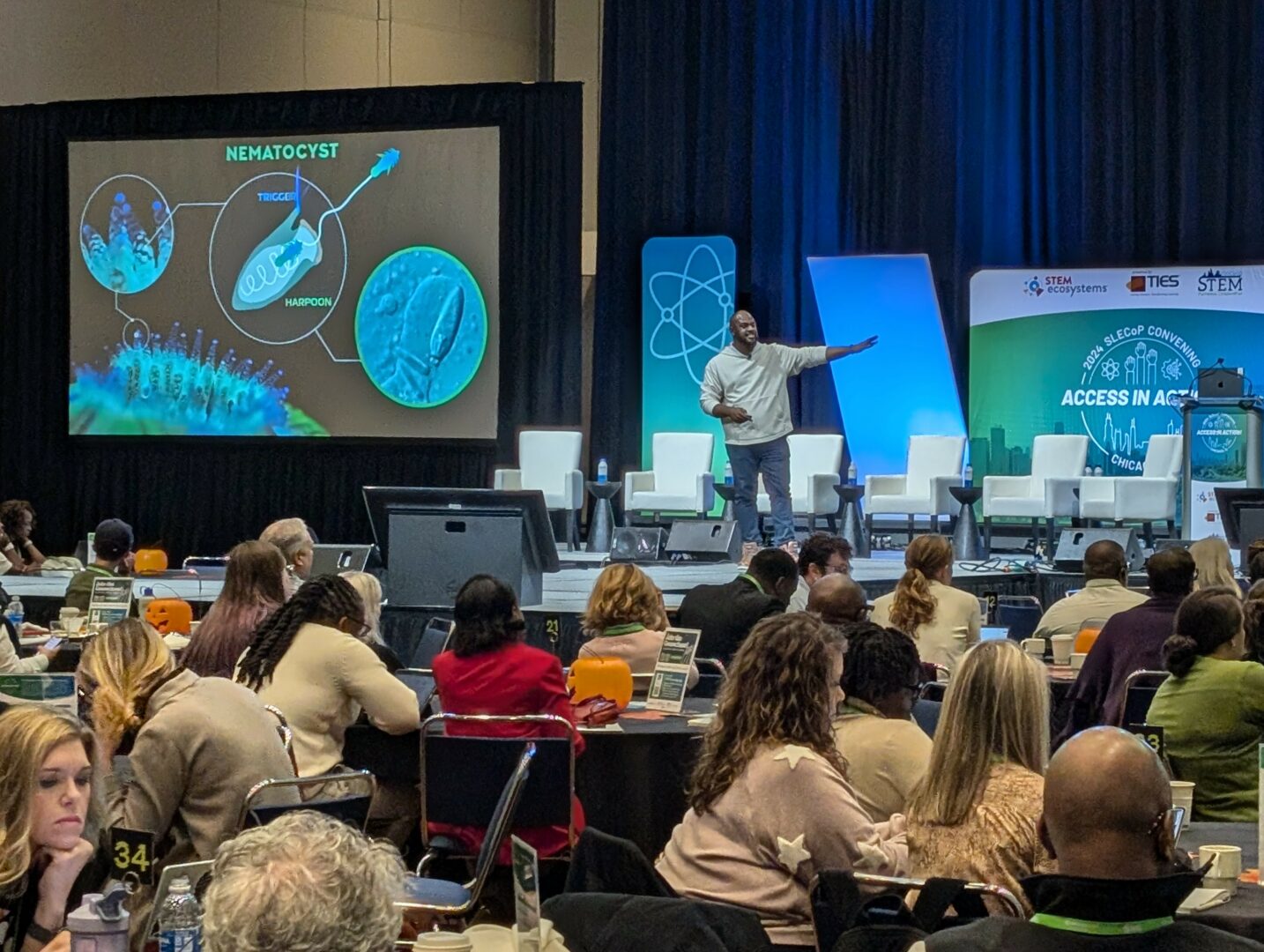





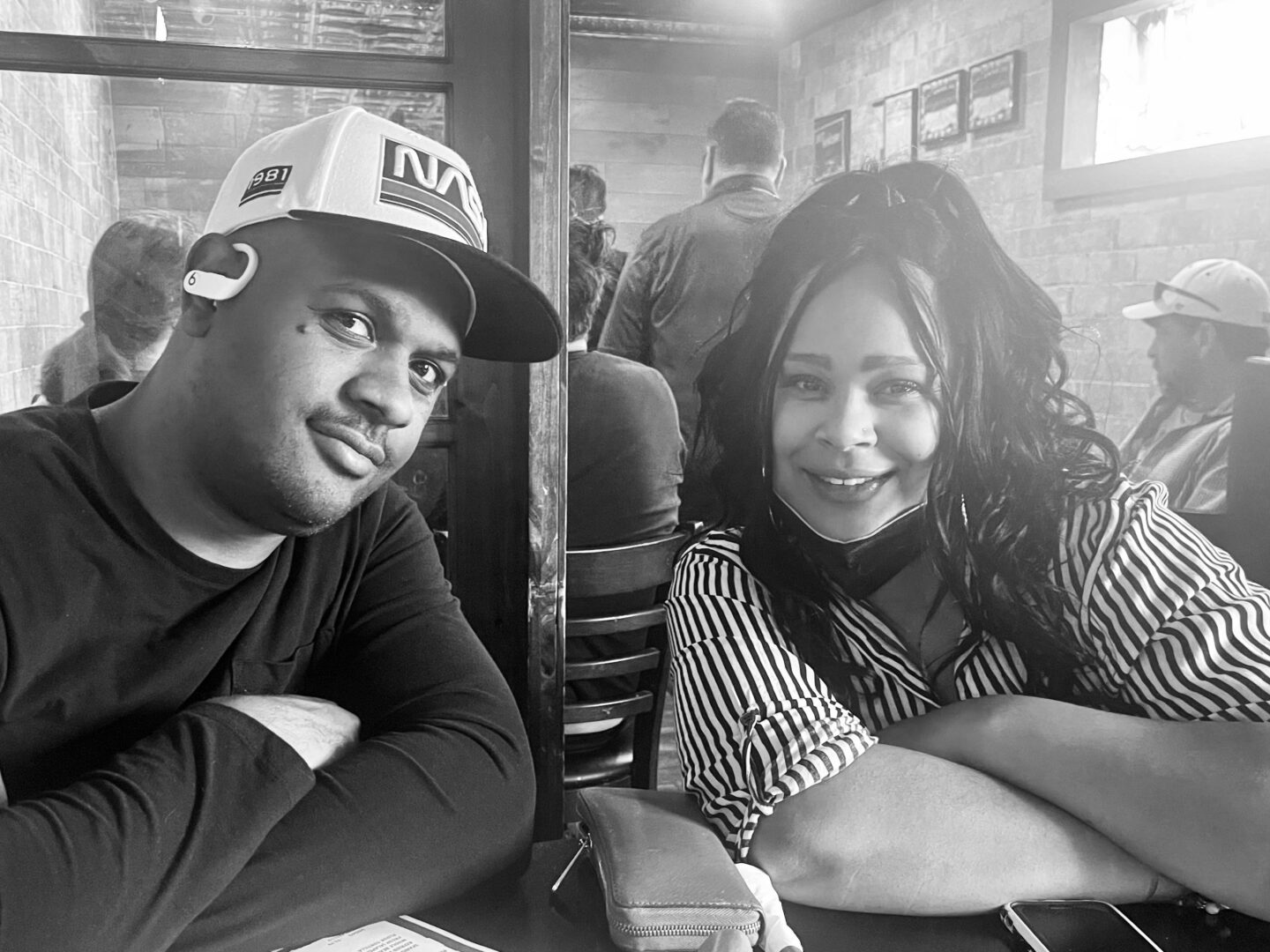
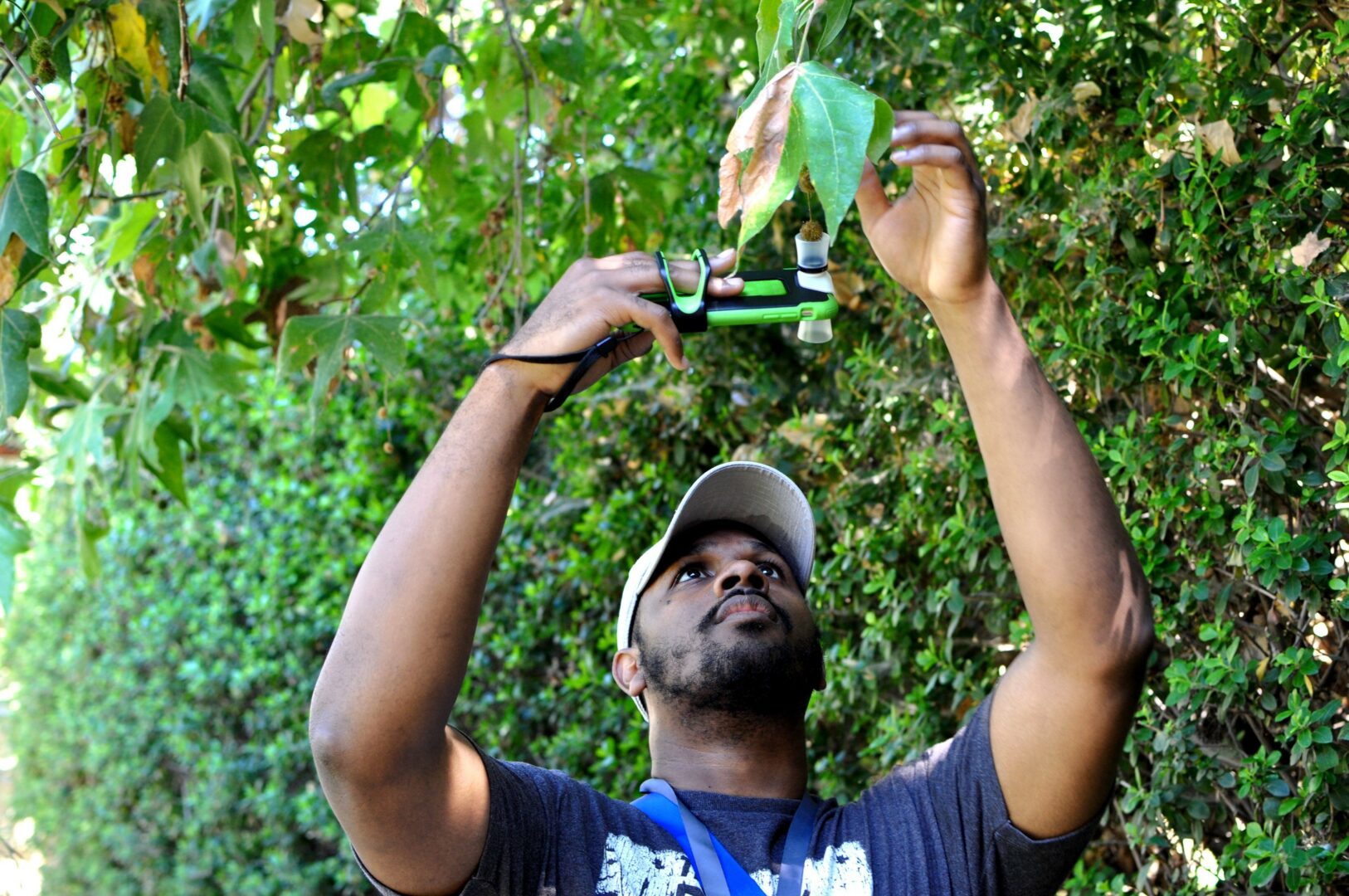
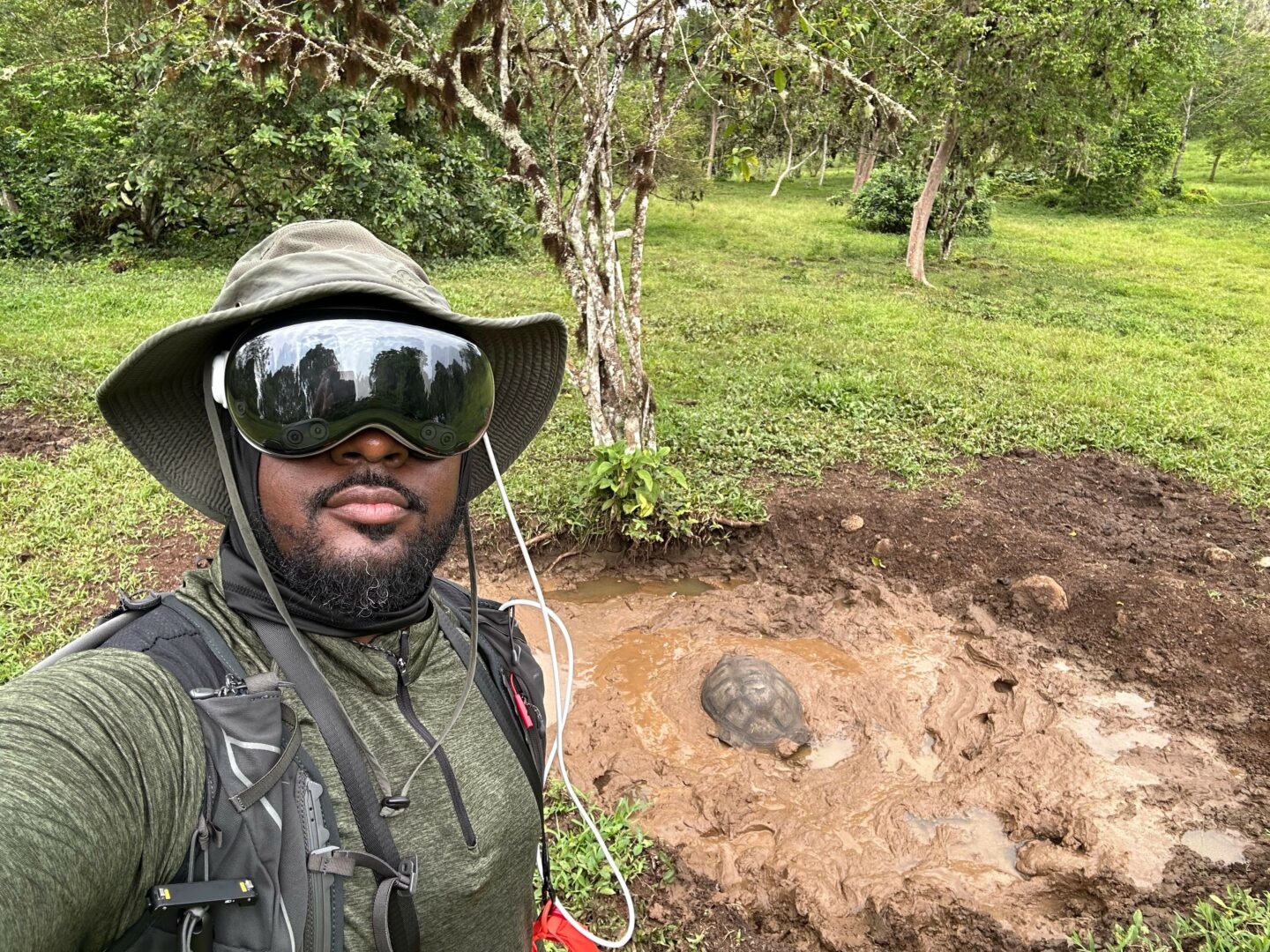


Image Credits
All image credits belong to me, Billy Almon.
so if you or someone you know deserves recognition please let us know here.

